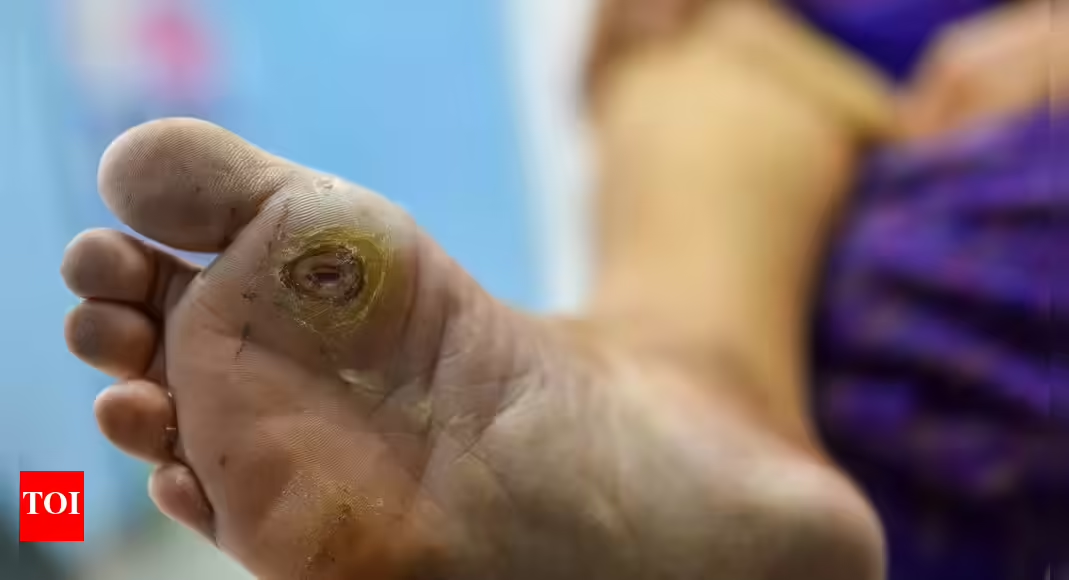Diabetic Foot: The Hidden Danger of High Blood Sugar
Diabetes is often relegated to the sidelines of health discussions, yet it carries severe consequences, especially for your feet. The alarming reality? Persistent high blood sugar levels can inflict gradual but impactful damage, leaving many unaware until it’s too late. In fact, diabetic foot complications are among the most serious yet preventable issues stemming from diabetes.
Understanding Diabetic Foot Complications
Diabetic foot emerges when nerve damage and poor circulation from uncontrolled diabetes lead to ulcers and infections. Diabetic neuropathy, which impairs foot sensation, often means minor injuries go unnoticed and untreated, escalating into chronic wounds. Left unchecked, these can evolve into gangrene, raising the stakes significantly.
Why This Matters:
- Silent Progression: You might not see or feel the damage until it becomes serious.
- Potential Outcomes: In extreme cases, gangrene can necessitate amputation.
The Role of Poor Circulation
Individuals with diabetes often face poor blood flow, exacerbated by conditions like Peripheral Artery Disease (PAD). This lack of adequate circulation hampers healing and increases the risk of severe infections. Even small cuts can fester, requiring immediate medical attention to prevent significant complications.
Recognizing Warning Signs
Understanding what to look out for can be a lifesaver. Early symptoms of diabetic foot complications include:
- Sores that don’t heal
- Redness or swelling around lesions
- Numbness or loss of feeling in the feet
- Visible skin cracks or deformities
If you notice any of these signs, don’t wait. Daily foot checks can help catch issues before they become dire.
Prevention: Practical Steps You Can Take
The best defense against diabetic foot complications lies in smart lifestyle choices. Here’s how you can safeguard your feet:
- Daily Foot Hygiene: Wash and dry your feet thoroughly, especially between the toes.
- Proper Footwear: Invest in well-fitting shoes that provide good cushioning.
- Routine Checks: Inspect your feet every day for any abnormalities—even minor ones.
Moreover, maintaining stable blood sugar levels is critical. A balanced diet, regular exercise, and avoiding smoking will not only help your feet but also improve overall health.
Expert Commentary
Diabetes warrants ongoing attention and management. It’s vital to remember that while foot complications can seem daunting, taking proactive measures can greatly reduce risks. Engaging with a healthcare provider regularly for foot examinations and diabetic management can make all the difference.
Conclusion: Steps Toward Healthier Feet
Preventive care is truly your best ally when it comes to diabetic foot complications. By staying vigilant and making conscious choices about foot care and diabetes management, you’re not just safeguarding your feet but enhancing your overall well-being. Don’t leave your health to chance—take action today!




